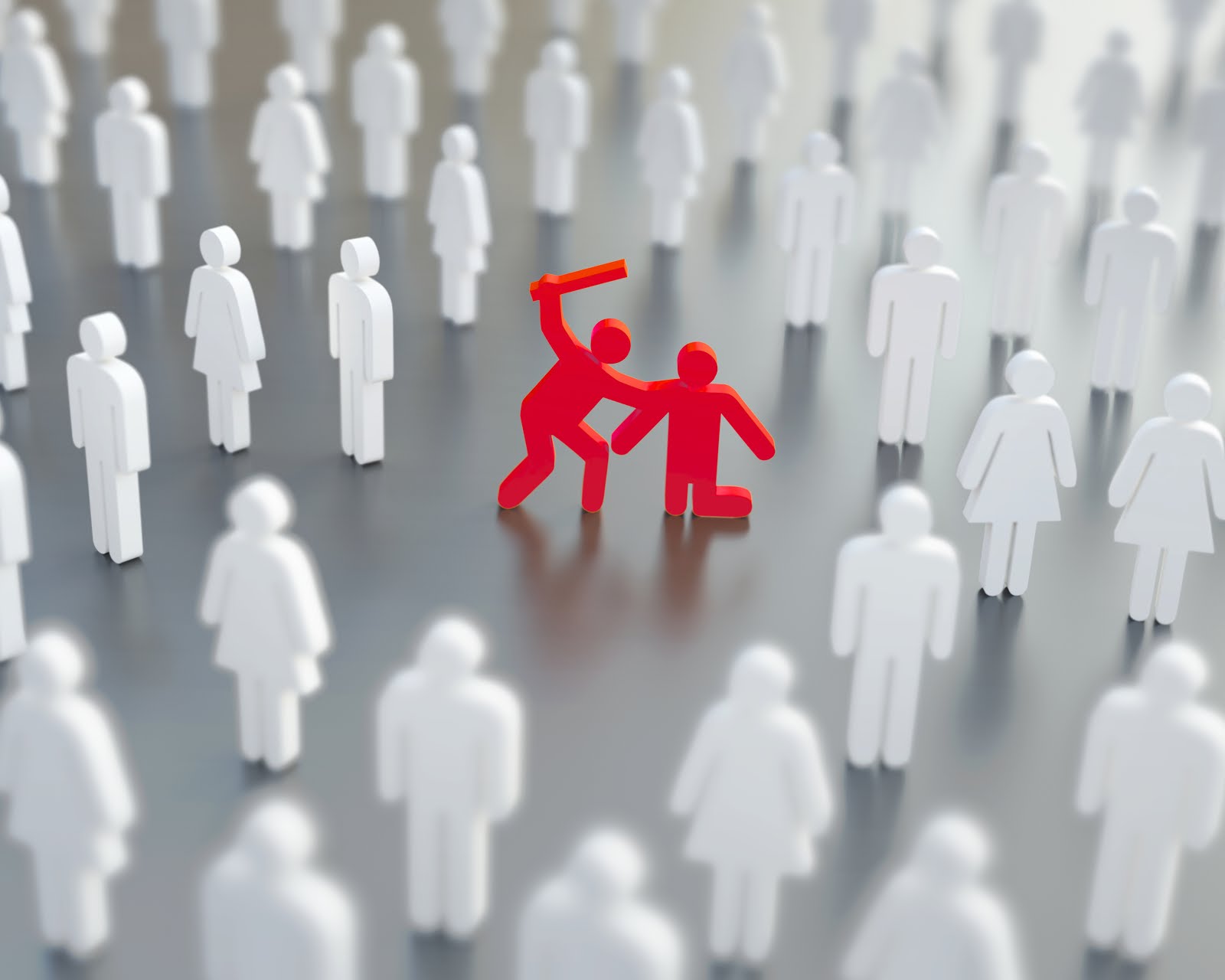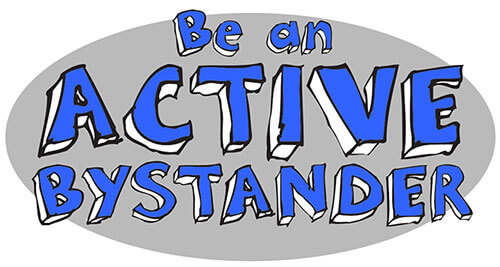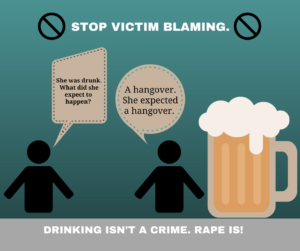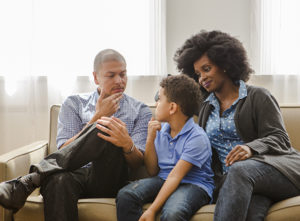Bystanders
by·stand·er /ˈbīˌstandər/
noun
a person who is present at an event or incident but does not take part.
A bystander can mean different things in different situations.
A bystander is someone at a bar who sees a drunk person being taken advantage of. A bystander is someone who notices a family member’s bruises. A bystander is someone who hears screaming coming from a neighbor’s home.
According to the dictionary, a bystander is “someone who is present at an event or incident but does not take part.” People who work to prevent domestic violence and sexual assault are trying to change this definition.
The Bystander Effect

Increasingly, it is being recognized that the solution to health and social justice problems requires that we engage bystanders – individuals who observe a problem and want to do something but don’t. Despite the importance of this issue and the fact that most people want to “do the right thing” there is a phenomenon called "bystander apathy" or the "bystander effect" that can be described as a diffusion of responsibility which suggests that the more people there are present to witness an event, the less each individual feels personally responsible for doing something. Several variables help to explain why the bystander effect occurs. These variables include:
Ambiguity: the more ambiguous the situation the less likely people will intervene
Group Cohesiveness: the need to behave in correct and socially acceptable ways, thus when other observers fail to react, individuals often take this as a signal that a response is not needed or not appropriate and
Diffusion of responsibility. This can be an obstacle for people to realize there is a need to intervene.
One of the most famous cases of this occurred in 1964 with the rape and murder of Kitty Genovese. While a man attacked, raped, and killed this young woman for over half an hour, 38 men and women witnessed the assault and did nothing to help. The shock and confusion surrounding this single event captured the country’s attention and launched a substantial debate into how caring people could watch such an attack, and yet do nothing. This one event launched new research and programs about the ‘bystander effect’. This one event also marked the beginning of an approach by programs and researchers to move bystanders to act more responsibly.
With this new perspective or approach, people might intervene in less extreme situations, such as saying something at a party when a man is harassing a woman, or supporting a family member when confronting an abusive relative. This expanded approach includes a broad range of opportunities to intervene that can be as simple as a word here or there or more involved behaviors that let people know that you will take action.
Bystander Intervention
Bystander intervention is a philosophy and strategy for prevention of various types of violence, including bullying, sexual harassment, sexual assault, and intimate partner violence. Bystander Intervention is based on the fact that people make decisions and continue behaviors based on the reactions they get from others.
What makes this approach different from previous approaches to sexual assault prevention? The bystander approach offers several clear benefits:
Real Life Bystander Scenarios


There are many ways that you can help. Be an intervener! Stop potential incidents before they occur, educate yourself and others, talk to and support your friends so that they will intervene as well! The best way bystanders can assist in creating an empowering climate free of interpersonal violence is to diffuse the problem behaviors before they escalate.The following are examples of the range of language that individuals and groups can use to message what they and their members can do about sexual assault.
IT’S ON US TO
- Recognize that if someone doesn’t or can’t consent to sex, it’s sexual assault
- Educate yourself and others about interpersonal violence, gender inequality and the causes of gender violence.
- Confront friends who make excuses for other people's abusive behavior
- Speak up against racist, sexist, and homophobic jokes, music, remarks, etc.
- Refuse to purchase any magazines, videos or music that portray women in a degrading manner or include violence against women.
- Confront abusive behavior by not remaining silent.
- Understand how our own attitudes and actions (including jokes, music you listen to, etc.) may perpetuate sexism and violence and work toward changing them.
- Gently offer our support if we suspect that someone close to us is being abused or has been sexually assaulted or stalked.
- Take responsibility for our actions and your inaction
- Realize we have a role to play in stopping sexual assault
- Create an environment where men and women feel, and are, safe
- Step in if a friend is doing something that could lead to sexual assault
- Get someone home safely if he or she needs help
- Hold our friends accountable
- Tell our friends if what they are doing is wrong.
- Never blame the victim
- Be more than a bystander
- Stop a sexual assault any way we can
- Keep an eye on someone in a vulnerable situation
- Not look the other way
- Do something to get in the way of a sexual assault
- Step up and say something
- Let our friend’s know what is and is not acceptable
- Not give our friends a pass
- Help a victim report a sexual assault if he or she wants to
- Look out for someone who has had too much to drink
- Get in the way if we see something happening
- Stand up to those who tell us
- it’s not our business
- Say something when our friends are being stupid
- Call non-consensual sex what it is—Rape
- Act when we think someone is in trouble
- Do something
- Be part of the solution, not part of the problem
- Always be on the side of the victim
- Make sexual assault unacceptable
- Take reports of sexual assault seriously
- Stop someone from doing something we know is wrong
For more Information on Bystander Responsibility in Sexual Violence Prevention, please see:
 1. Discourages victim blaming: Breaking the silence around sexual violence is a critical strategy in prevention. Yet, often the ensuing dialogue includes questions to the victim like “How could YOU let this happen?” or “Why didn’t YOU say anything?” With bystanders as active participants, the sense of responsibility shifts away from victims and toward the family, friends and the whole community. The questions then become, “How could WE let this happen in our community?” and “How can WE learn to say something?”
1. Discourages victim blaming: Breaking the silence around sexual violence is a critical strategy in prevention. Yet, often the ensuing dialogue includes questions to the victim like “How could YOU let this happen?” or “Why didn’t YOU say anything?” With bystanders as active participants, the sense of responsibility shifts away from victims and toward the family, friends and the whole community. The questions then become, “How could WE let this happen in our community?” and “How can WE learn to say something?” 2. Offers the chance to change social norms: With more bystander intervention, society’s collective responsibility takes on a new role. Studies show that social norms can play a significant role in violence prevention, especially in communities such as college campuses (Banyard et al., 2004). Just as Mothers Against Drunk Driving (MADD), for example, shifted social norms of our society with their slogan, “Friends don’t let friends drive drunk,” a similar shift is also possible for sexual violence: “Friends don’t let friends hurt others.”
2. Offers the chance to change social norms: With more bystander intervention, society’s collective responsibility takes on a new role. Studies show that social norms can play a significant role in violence prevention, especially in communities such as college campuses (Banyard et al., 2004). Just as Mothers Against Drunk Driving (MADD), for example, shifted social norms of our society with their slogan, “Friends don’t let friends drive drunk,” a similar shift is also possible for sexual violence: “Friends don’t let friends hurt others.”